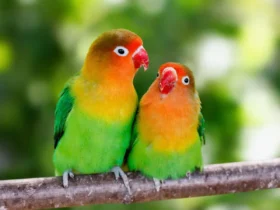In the arid landscapes of the southwestern United States and northern Mexico, a striking and fiery bird captures the attention of those fortunate enough to catch a glimpse—the Desert Cardinal (Cardinalis sinuatus). With its vibrant plumage, bold personality, and adaptability to harsh environments, the Desert Cardinal stands as a symbol of resilience and beauty in the desert regions. In this article, we delve into the captivating world of the Desert Cardinal, exploring its appearance, behaviors, habitat, and the unique role it plays in arid ecosystems.
Desert Cardinal images
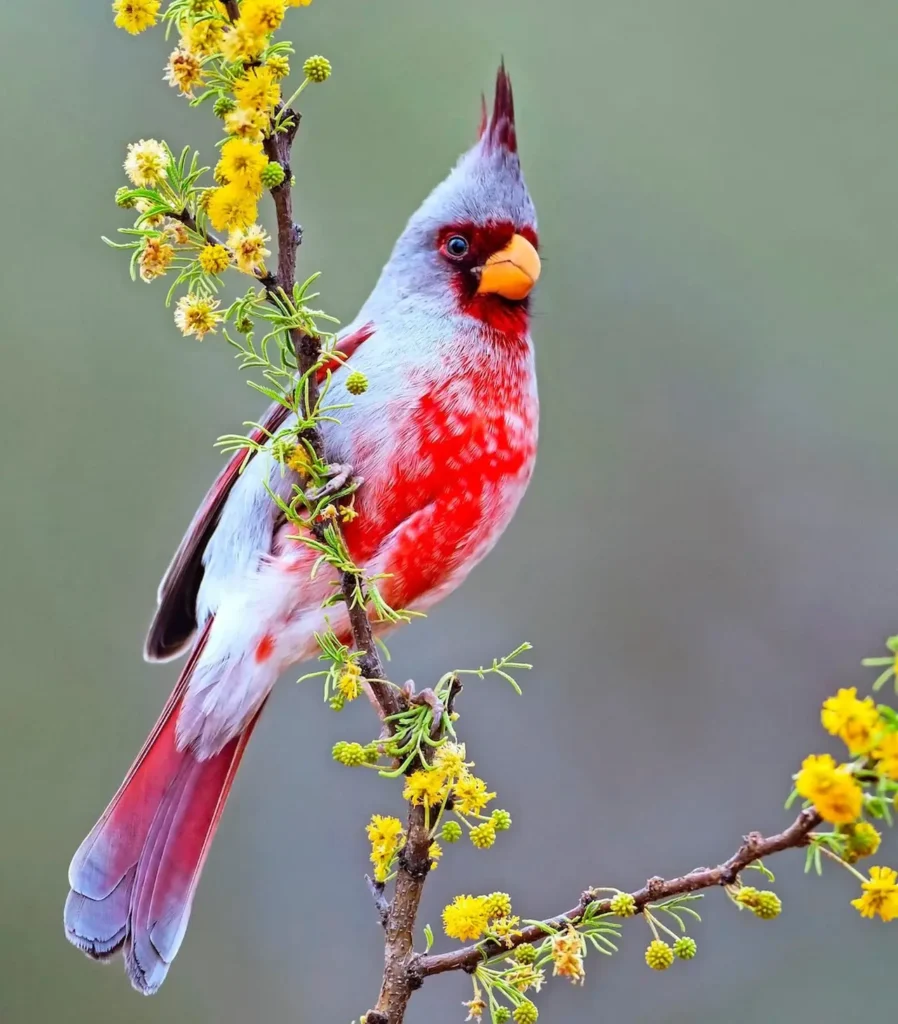
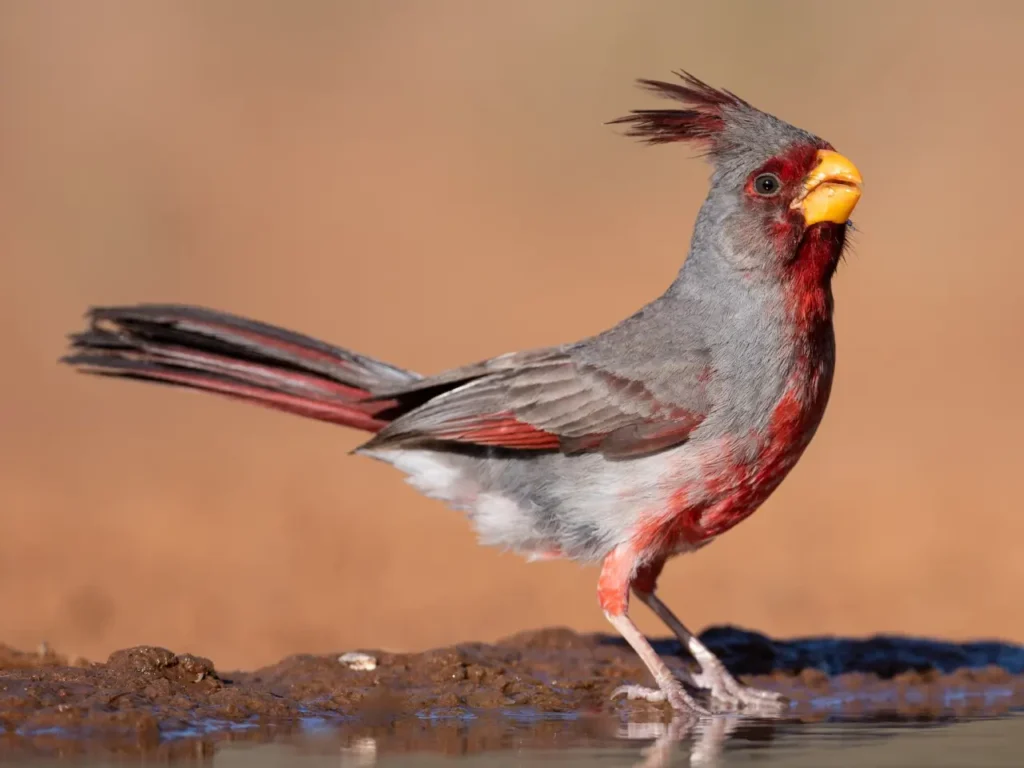
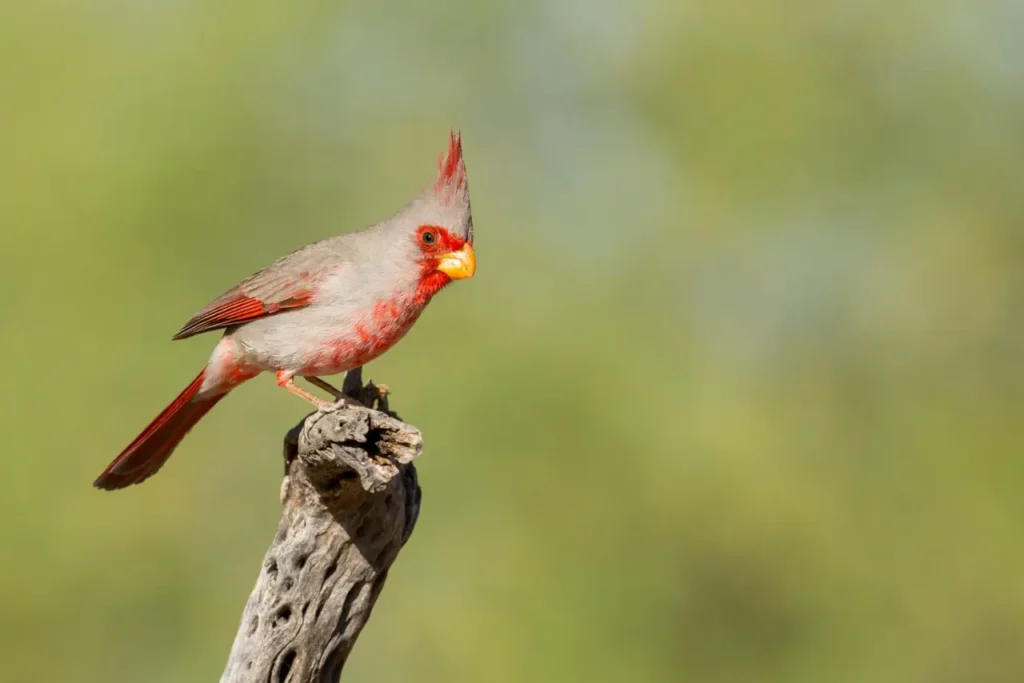
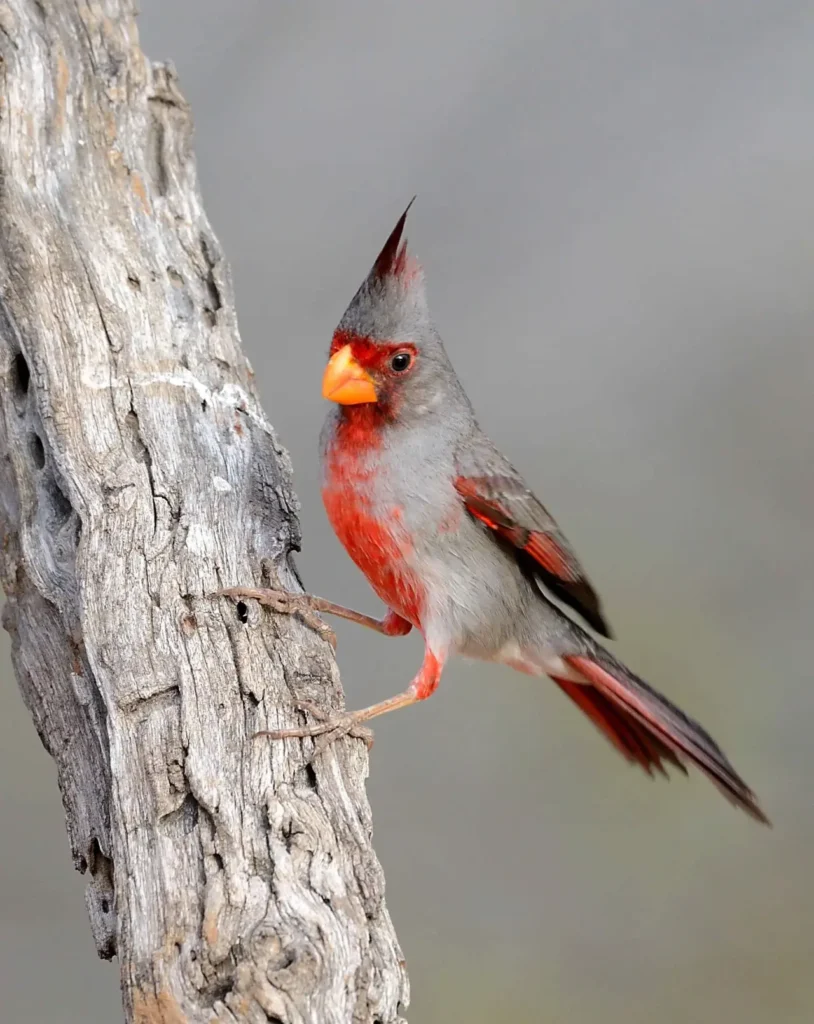
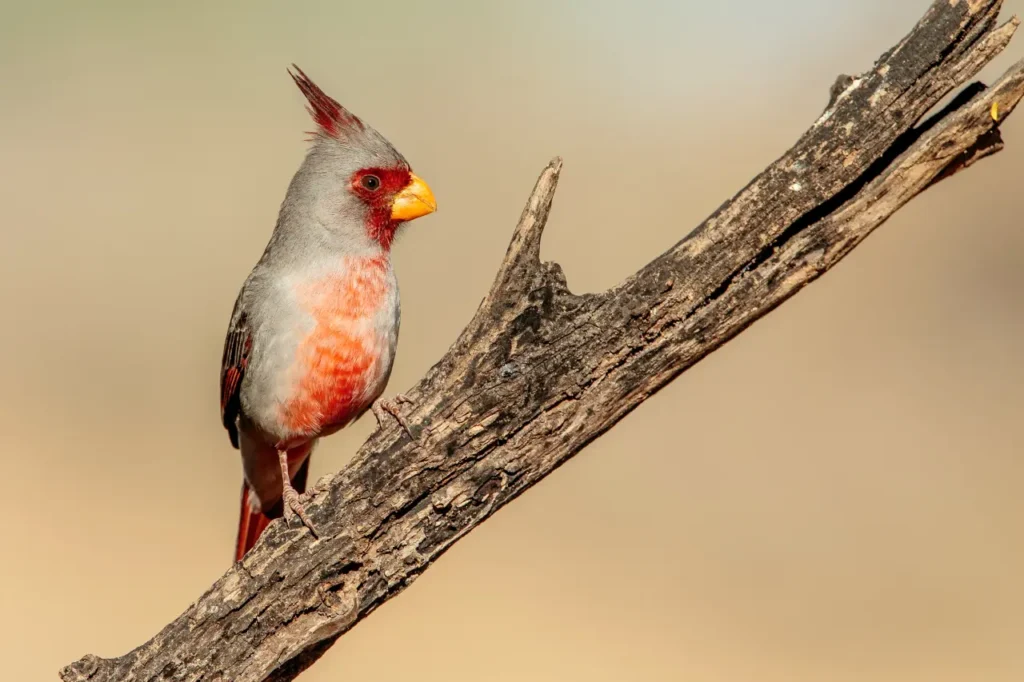
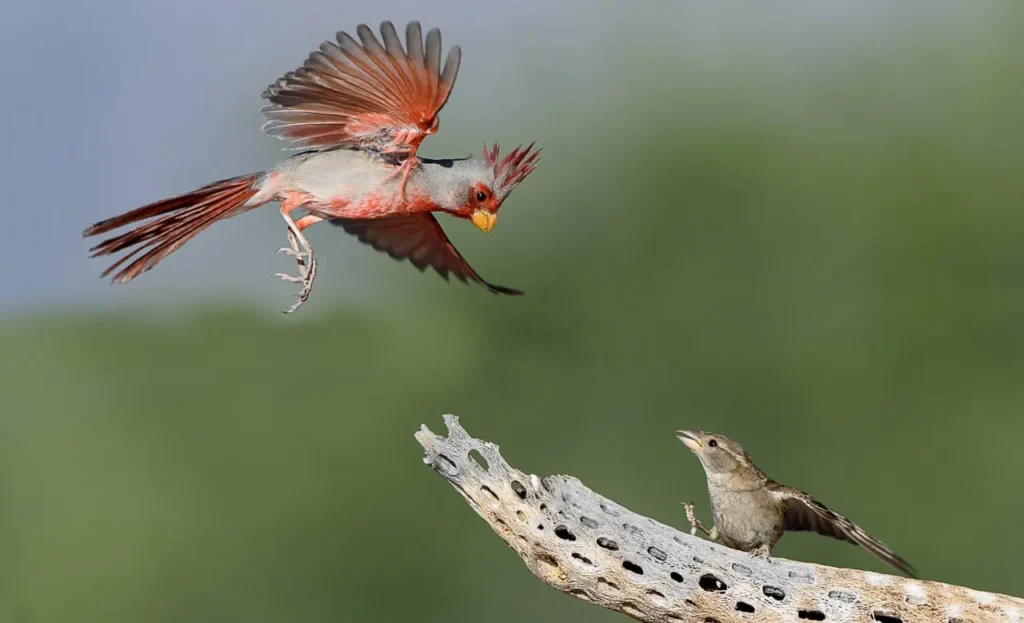
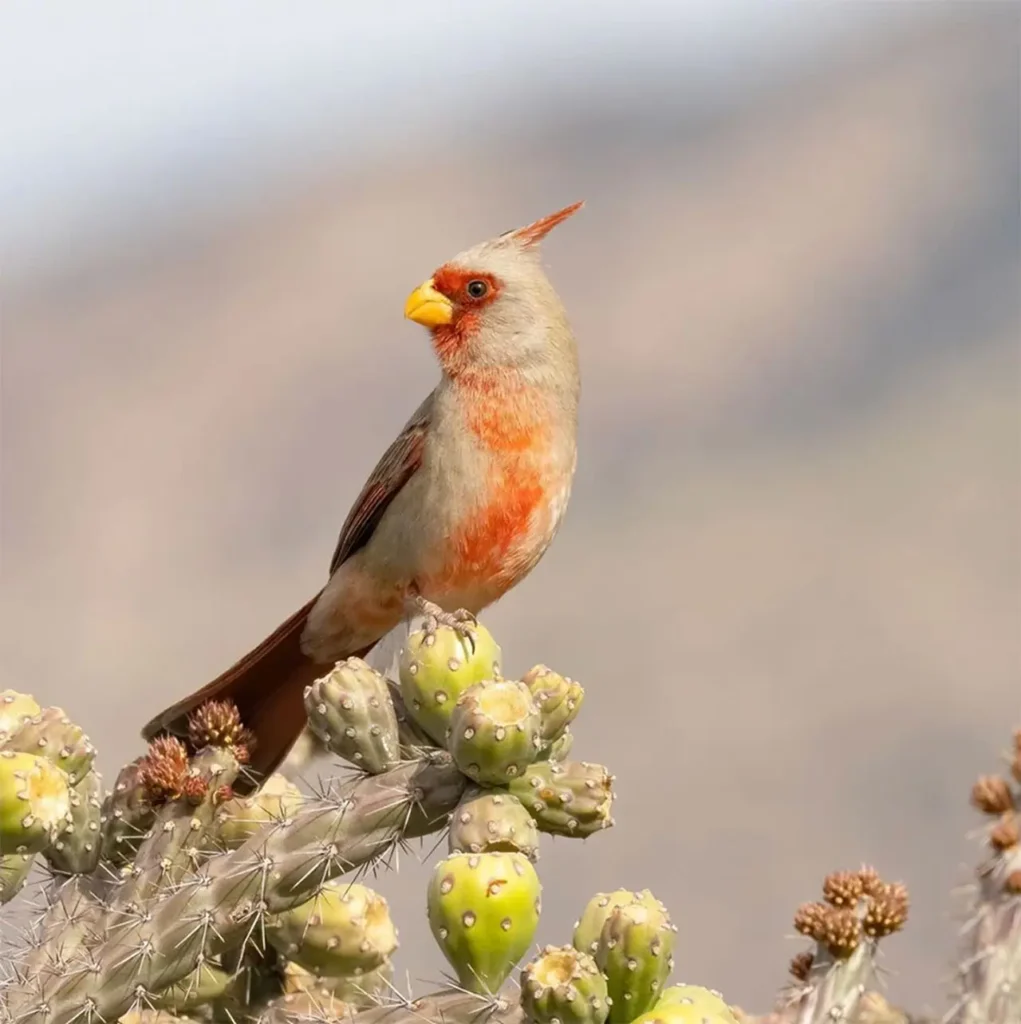
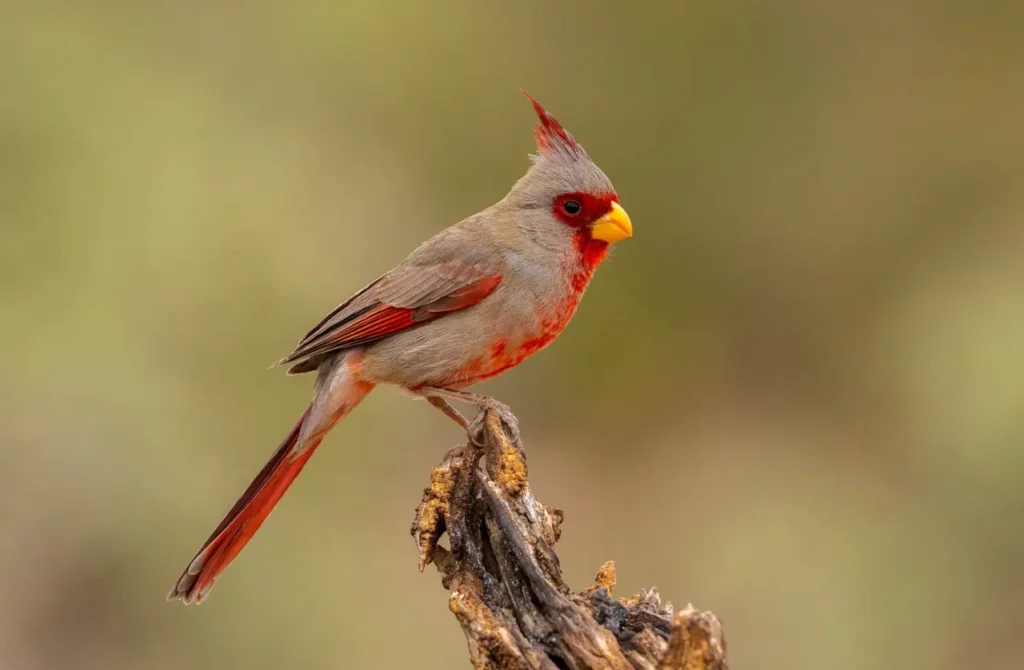
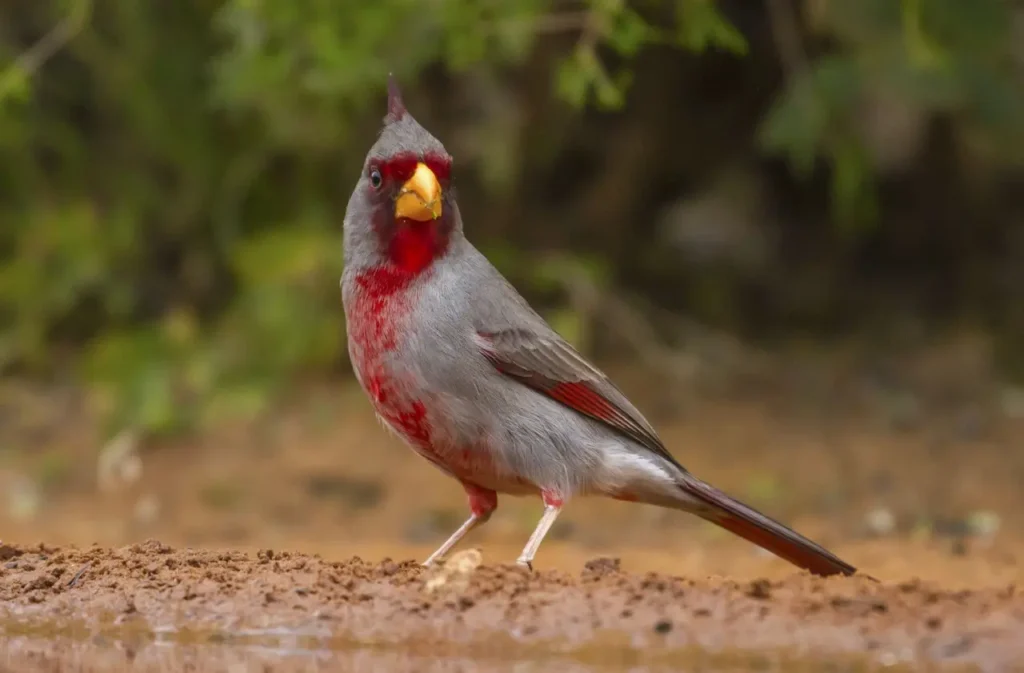
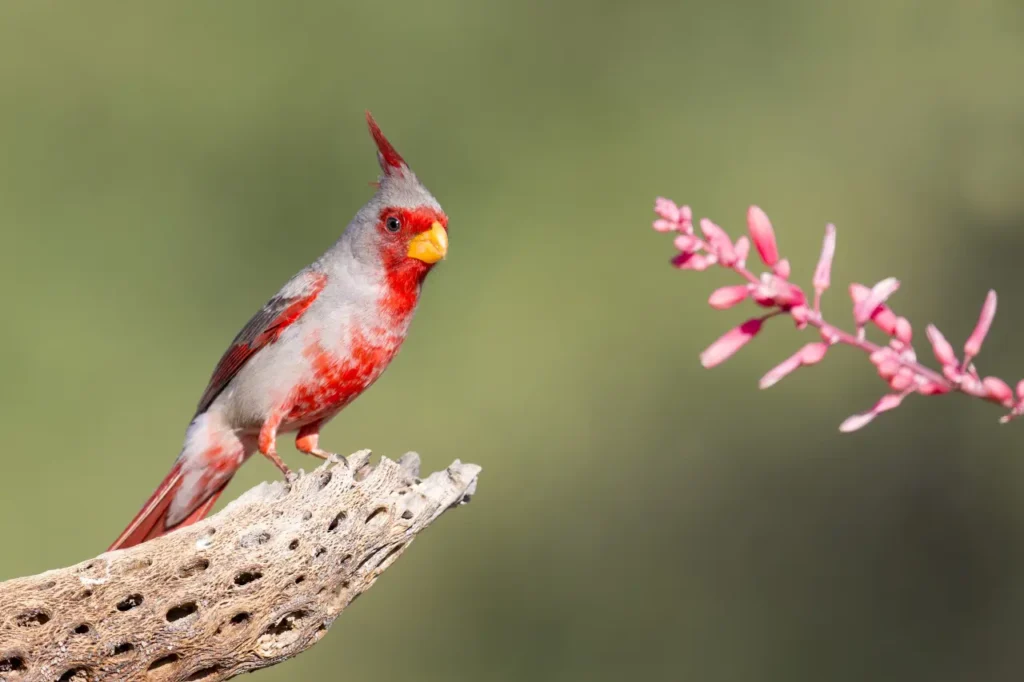
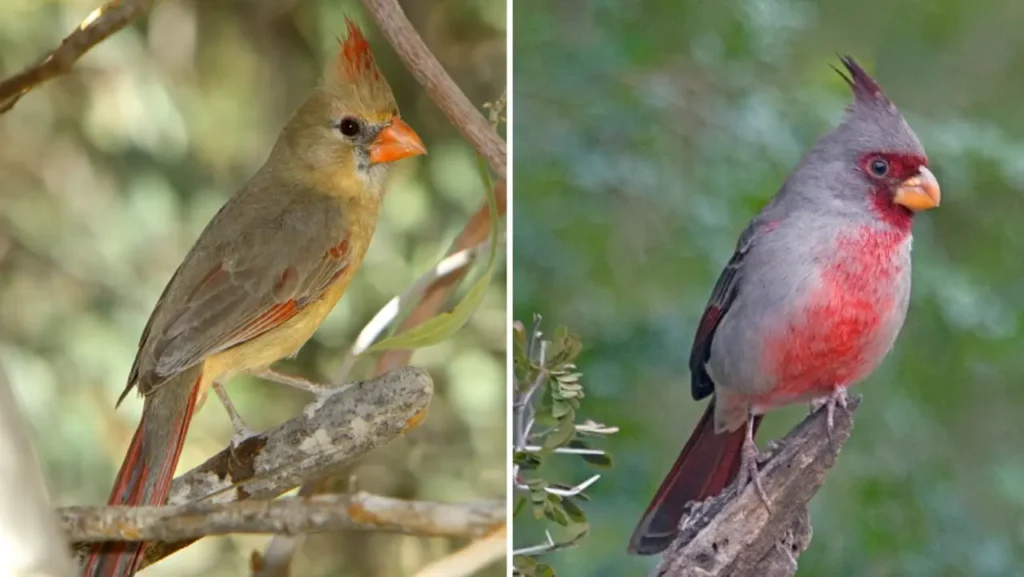
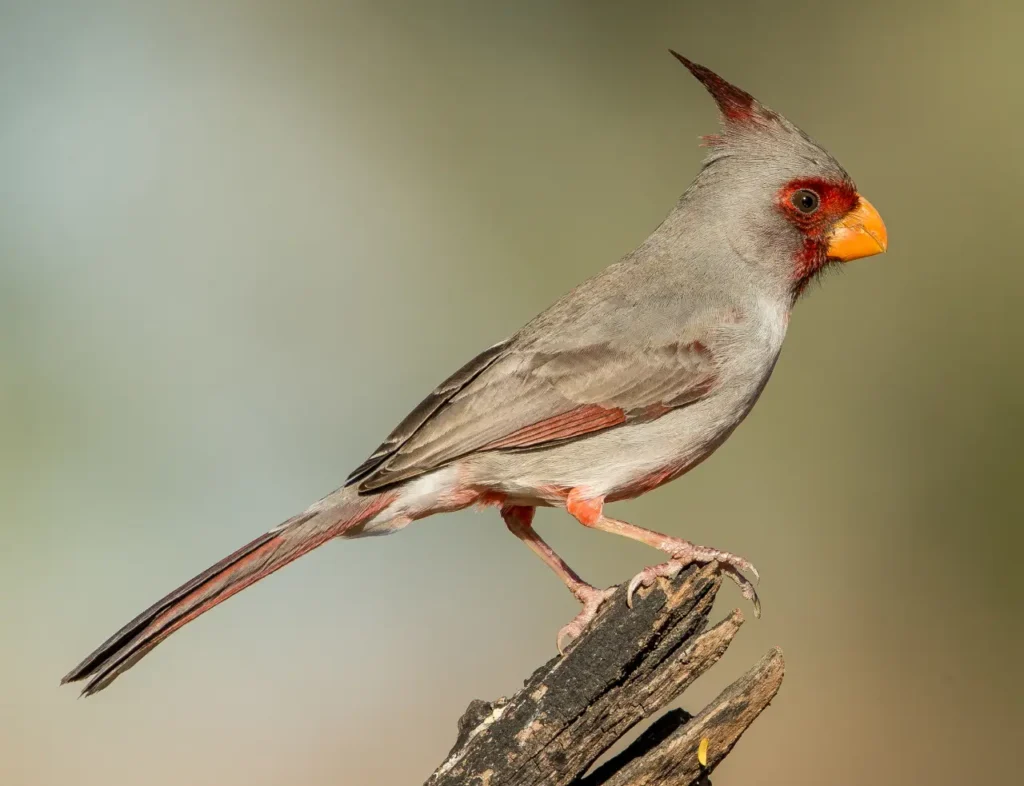
Appearance and Plumage
The Desert Cardinal’s appearance is a celebration of fiery beauty against the backdrop of desert hues. Males exhibit a vivid crimson-red plumage on their crests, wings, and tails, which contrasts beautifully with the earthy tones of their environment. Females, while more subdued in coloration, also possess a touch of red on their wings and tails, with a primarily brown and gray body.
The Desert Cardinal’s sharp beak and strong legs are adapted for its lifestyle, enabling it to forage for seeds, insects, and other food sources in its arid habitat.
Behavior and Adaptability
Despite the challenging conditions of desert environments, the Desert Cardinal has adapted admirably. This bird is often found in desert scrublands, rocky slopes, and arid grasslands, where water sources can be scarce. It’s known for its resilience in the face of extreme temperatures and limited resources.
Desert Cardinals are known for their lively personalities and melodious songs, which add vibrancy to the otherwise harsh desert landscapes. Their songs are often described as a mix of whistles and trills, creating an auditory oasis in the arid surroundings.
Role in Ecosystems
The Desert Cardinal plays a valuable role in desert ecosystems as a seed disperser and insect predator. By consuming seeds and insects, it helps maintain the balance of plant and insect populations. Additionally, the bird’s presence contributes to the overall biodiversity of these arid regions.
Conservation and Human Interaction
As with many species, the Desert Cardinal faces threats due to habitat loss and human activities. Urbanization, agriculture, and invasive species can all impact the bird’s natural habitat. Conservation efforts focused on preserving and restoring desert ecosystems are essential for ensuring the survival of this unique bird.
The Desert Cardinal, with its fiery plumage and tenacious spirit, is a testament to the beauty and adaptability of life in arid lands. As we observe and appreciate the bird’s presence in the desert, we are reminded of nature’s ability to thrive in even the harshest environments. By supporting conservation initiatives and respecting the habitats of the Desert Cardinal and its fellow desert inhabitants, we contribute to the preservation of the delicate balance that sustains life in these remarkable regions.
